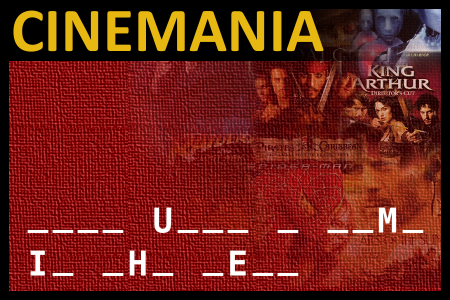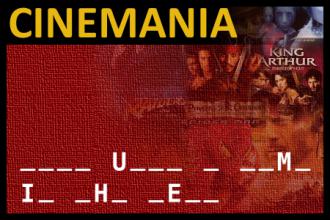CINEMANIA: Guess the movie title
Epic story of a mysterious stranger with a harmonica who joins forces with a notorious desperado to protect a beautiful widow from a ruthless assassin working for the railroad. Film was made in 1968.
10 funny one-liners from North West comedians
"I think animal testing is a terrible idea - they get all nervous and give the wrong answers." - Peter Kay
"A cement mixer collided with a prison van on the Kingston Bypass. Motorists are asked to be on the lookout for 16 hardened criminals." - Peter Kay
"So this bloke says to me, 'Can I come in your house and talk about your carpets?' I thought, "'That's all I need - a Je-hoover's witness.'" - Peter Kay
"So a lorry-load of tortoises crashed into a trainload of terrapins, I thought, 'That's a turtle disaster.'- Peter Kay
"We've had to get a live-in nanny, 'cos that dead one wasn't working out." - Lee Mack
"I’m in a relationship at the moment. Sorry girls... it’s going to have to be your place." - Lee Mack
"I went to see a handwriting expert last week, she could tell I was laid-back, gullible and well-off just from a signature on a cheque." - Lee Mack
"I have kleptomania. But when it gets bad, I take something for it." - Ken Dodd
"My Dad always knew I was going to be a comedian. When I was a baby he said, 'Is this a joke?'" - Ken Dodd
"Five out of every three people have trouble understanding fractions." - Ken Dodd

